Don't hesitate to send a message
Web Menu
Product Search
Exit Menu
Temperature Resistance of PP Picnic Mat in Outdoor Conditions
Importance of Temperature Resistance
When selecting an outdoor mat, one crucial factor is how well it withstands bad temperatures. The PP Picnic Mat is widely used for picnics, camping, and outdoor activities, and its performance under high or low temperatures directly affects its durability, comfort, and safety. Understanding how this material reacts to temperature fluctuations helps consumers make informed choices for long-term use.

High Temperature Effects on PP Picnic Mat
- Softening and Deformation: At elevated temperatures, polypropylene (PP) can begin to soften. Prolonged exposure to direct sunlight or heat sources may cause slight warping or deformation of the mat. This can impact comfort and create uneven surfaces.
- Color Fading: Intense heat can also accelerate the fading of printed patterns or colors on the mat. While this does not affect structural integrity, it may reduce aesthetic appeal.
- Preventive Measures: To minimize high-temperature damage, it is advisable to place the mat in shaded areas or use a protective cover when the sun is strong. Regularly rotating or repositioning the mat can also help reduce heat stress in specific spots.
Low Temperature Effects on PP Picnic Mat
- Brittleness and Cracking: Exposure to very low temperatures can make PP materials brittle. When the mat is folded, bent, or stepped on, there is a higher risk of cracks or fractures forming.
- Reduced Flexibility: Cold conditions can reduce the mat’s flexibility, making it less comfortable to sit on and harder to roll or fold for storage.
- Preventive Measures: To protect the mat in cold environments, avoid excessive bending or folding, and store it indoors when not in use. Warming the mat briefly before use can restore some flexibility and comfort.
Material Design Considerations
- Thickness and Density: Higher-density PP mats with thicker construction tend to resist temperature-induced deformation better than thinner versions.
- Surface Treatment: Some PP mats are treated with additives or coatings that improve heat resistance and reduce brittleness in cold weather. Choosing mats with such enhancements can extend their lifespan under certain conditions.
- Maintenance Tips: Regular inspection for small cracks or warping and avoiding prolonged exposure to bad temperatures can help maintain structural integrity.
Practical Implications for Outdoor Use
- Summer Picnics: While PP mats are generally heat-resistant, placing them on hot surfaces like asphalt or sand may cause temporary softening. Using blankets or insulating layers underneath can prevent this.
- Winter Activities: In snowy or icy environments, handling the mat carefully and avoiding dropping heavy objects on it can prevent cracking due to brittleness. Rolling the mat loosely instead of folding it tightly can also preserve flexibility.
- Storage Considerations: Storing the mat in moderate temperatures, away from direct sunlight and freezing conditions, ensures longer durability and prevents premature wear.
Ensuring Longevity in All Conditions
The PP Picnic Mat demonstrates good overall resistance to temperature variations, but bad heat can cause softening and deformation, while bad cold may cause brittleness and cracking. By understanding these characteristics, users can take preventive measures such as shading, careful folding, and proper storage to maintain both functionality and aesthetics. Selecting higher-quality mats with density or coating enhancements further improves resilience, ensuring a reliable and comfortable outdoor experience in any weather condition.
-

Lightweight Polypropylene Plastic Outdoor RV Mat
Features Weather-resistant polypropylene mat UV-stabilized to prevent fading Mold and mildew-resista...
-
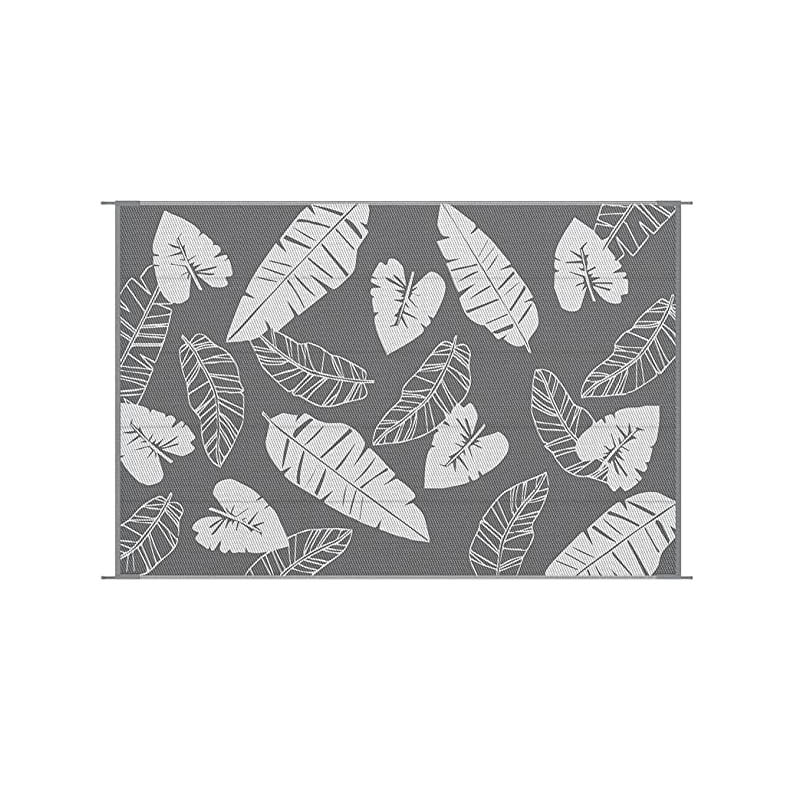
Large Foldable Anti-UV PP Weaving Straw RV Rug
Features Soft And Durable: Made with virgin polypropylene breathable material designed to be safe to...
-
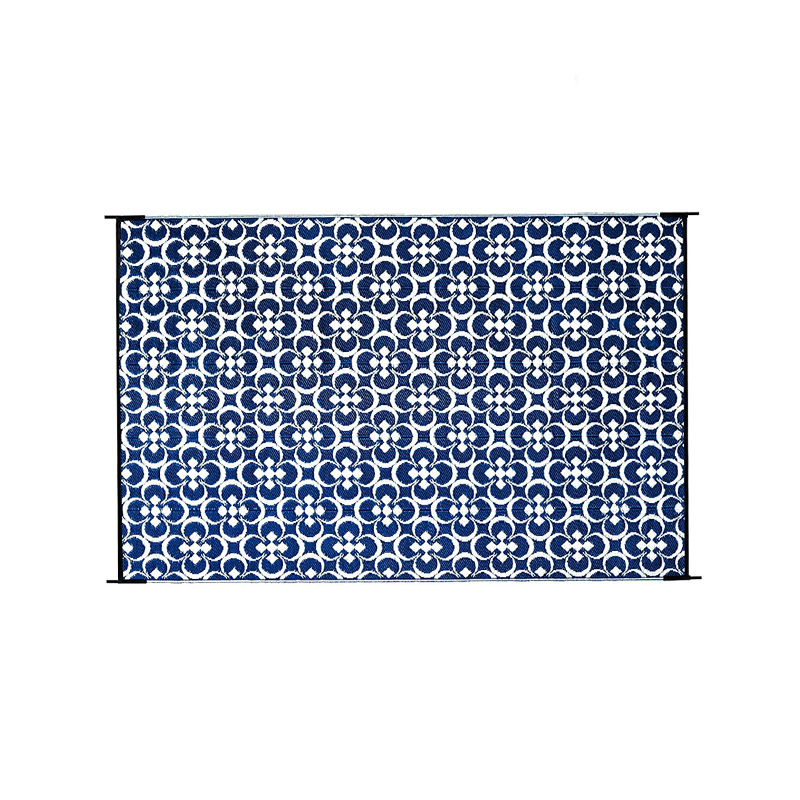
Recycled Moistureproof Plaid Outdoor Mat For RV
Features Heavy-Duty & High Quality & Durability: Our heavy-duty reversible RV mats are made ...
-
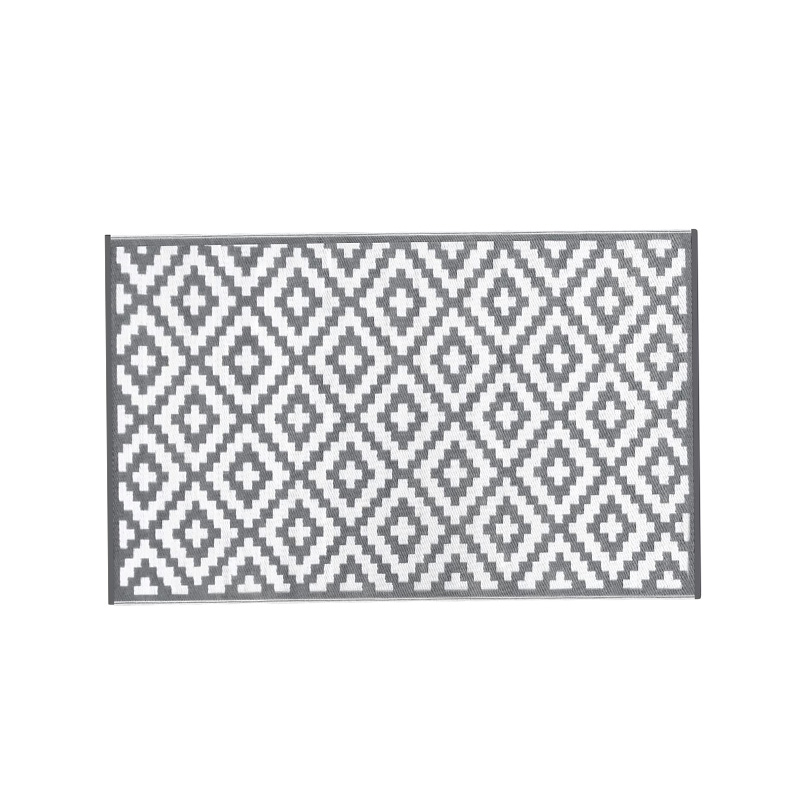
UV Resistant Patio Outdoor Rug
Features Reversible Stain-Resistant Straw Rugs: The outdoor rugs for patio clearance is a reversible...
-
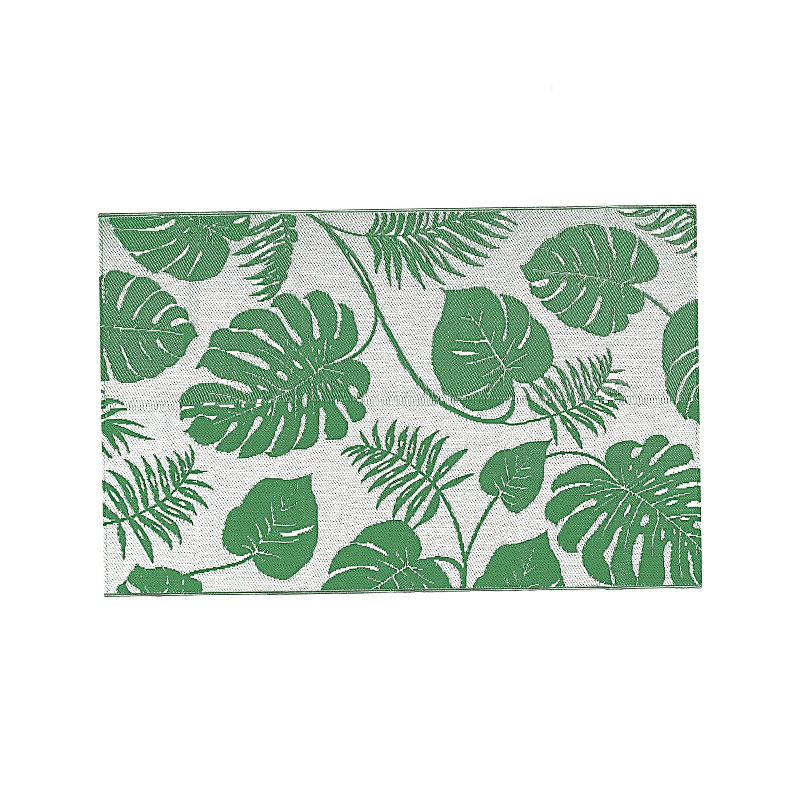
Durable Outdoor Polypropylene Mat For Patio
Features Reversible Outdoor Rug: The outdoor plastic straw rug with timeless medallion design is ele...
-
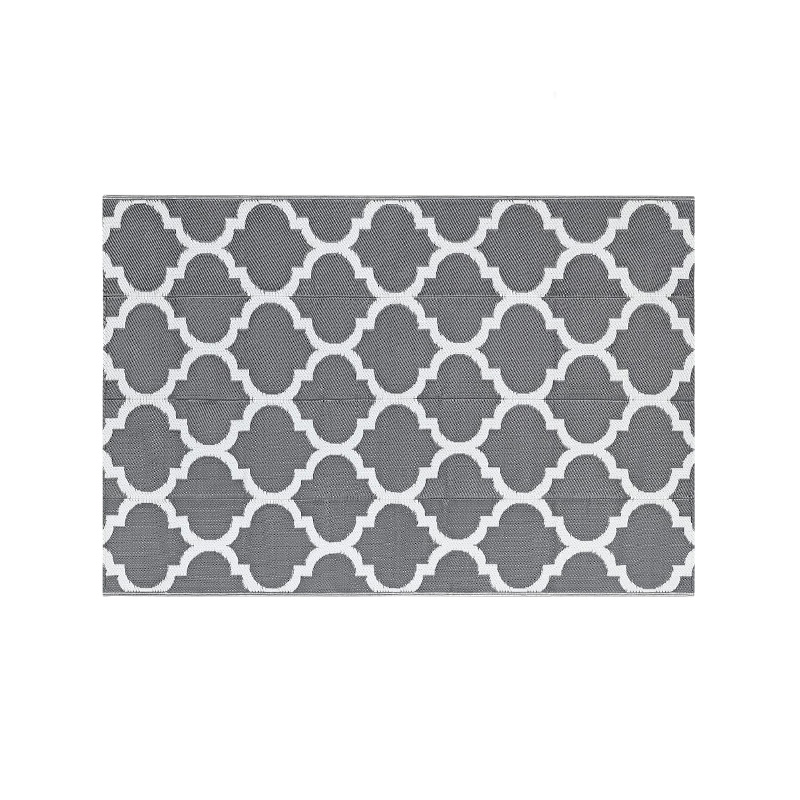
Recycled Plastic Straw Matting For Outside
Features Reversible Outdoor Rugs: It is easy to use on the patio, deck, beach, and backyard. This ou...
-
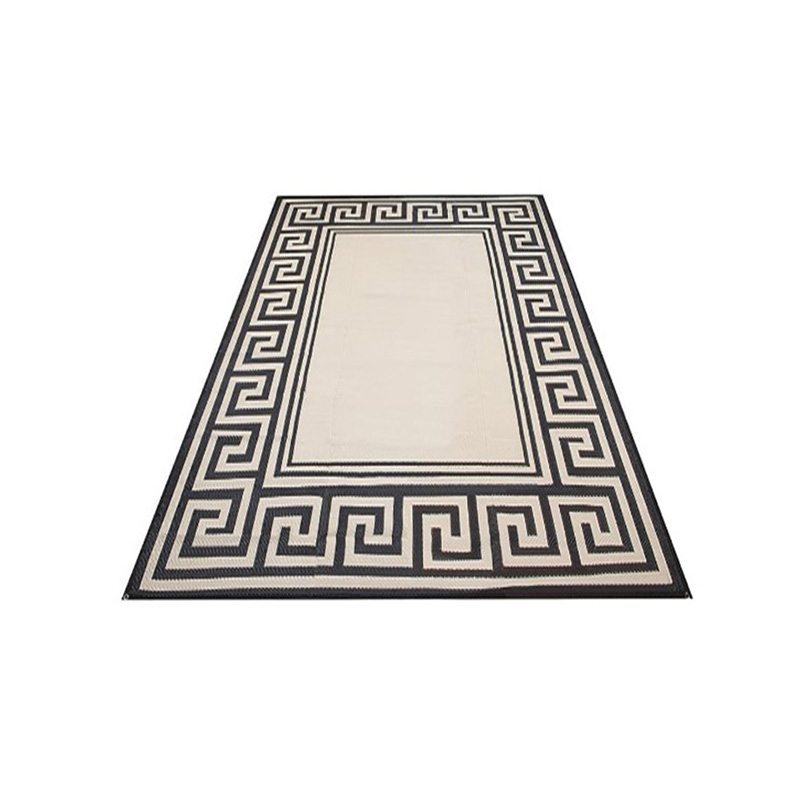
BSCI Audit PP Straw Camping Outdoor Rug
Description Introducing the BSCI Audit PP Straw Camping Outdoor Rug by AIYISI, an outdoor gear manuf...
-
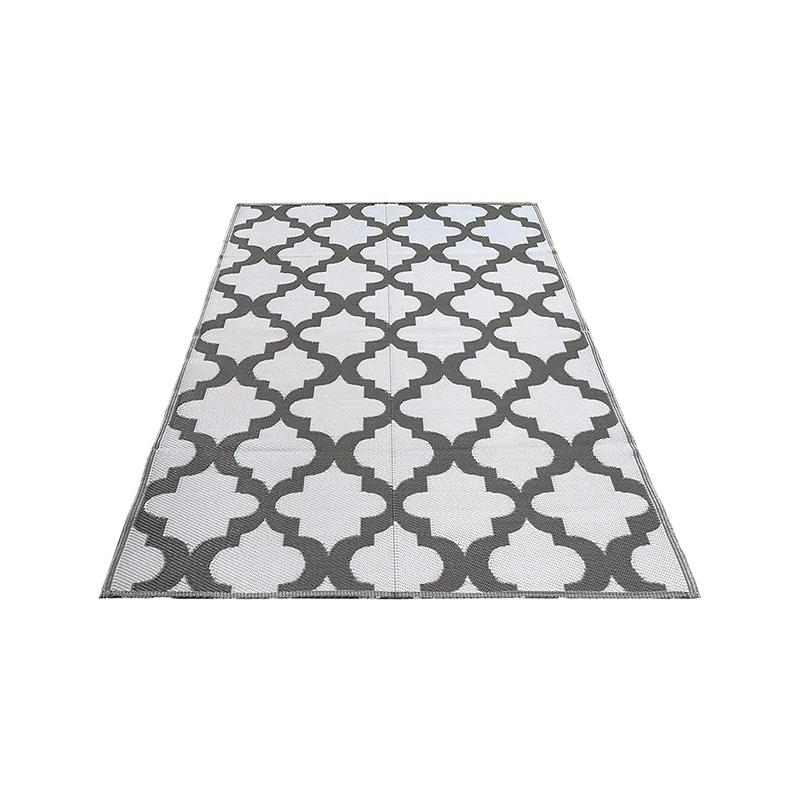
Plastic Matting Cheap PP Woven Recycled Campping Mats
Description At AIYISI, we take pride in offering high-quality outdoor products tailored to meet the ...

- FAX : 86-0576-83352177
- E-mail : [email protected]
- Phone : +86-0576-83207588
- Add: No.10 Yongan Road, Binhai industrial park, Sanmen County, Taizhou City, Zhejiang, China.


 English
English Deutsch
Deutsch


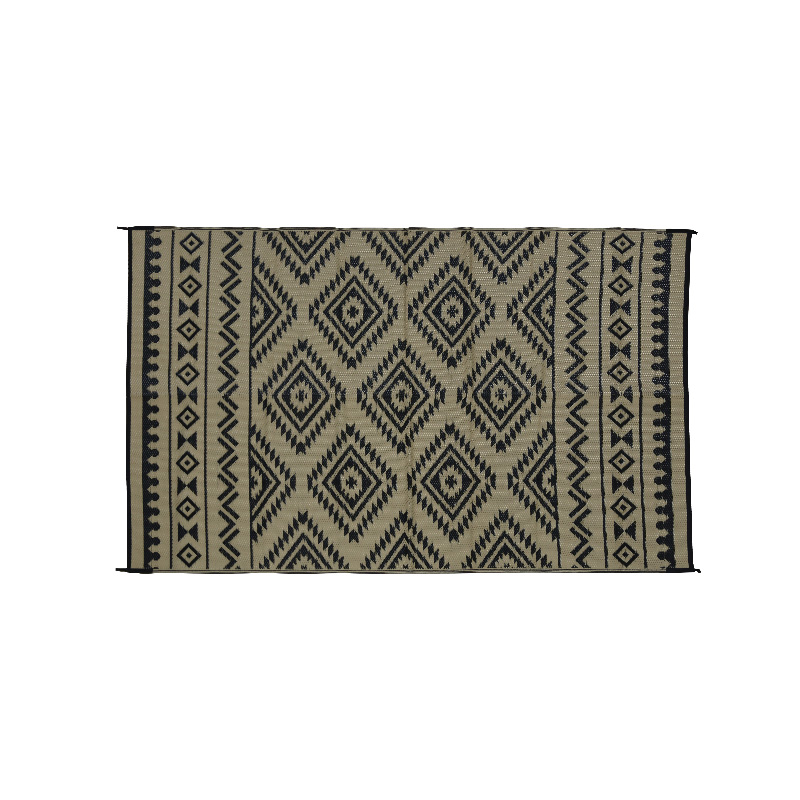

 Facebook
Facebook Youtube
Youtube Twitter
Twitter Instagram
Instagram